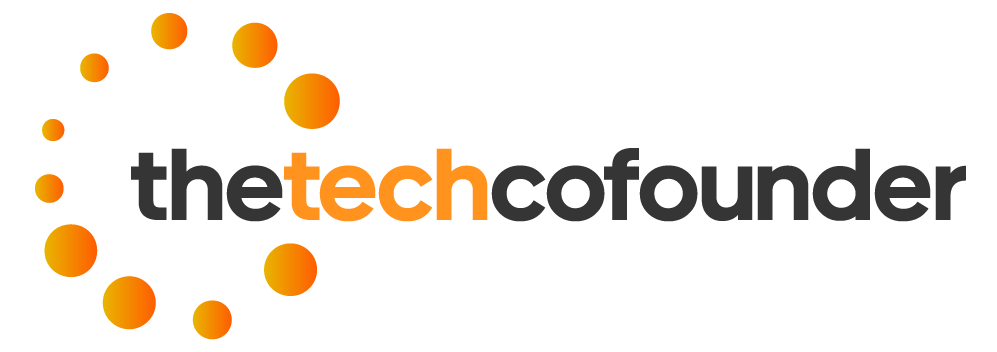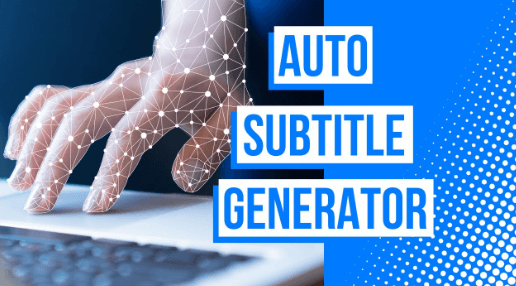In the dynamic landscape of Software as a Service (SaaS), understanding your customers is crucial to success. This understanding is often encapsulated in the creation and utilization of customer personas—detailed profiles representing different segments of your user base. These personas help you tailor your marketing, product development, and customer service strategies to better meet the needs of your diverse audience. In this guide, we will delve into the intricacies of SaaS customer personas and how to use them effectively for targeting your ideal customers.
The Importance of Customer Personas in SaaS
Customer personas are semi-fictional representations of your ideal customers, based on real data about customer demographics, behavior, and motivations. In the SaaS industry, where the customer journey can be complex and varied, these personas provide clarity. They allow your team to visualize and empathize with the user, ensuring that every decision made—from product features to marketing messages—resonates with the target audience.
Creating customer personas is not just a one-time task. It’s an ongoing process that evolves as your customer base grows and changes. By regularly updating your personas, you can stay ahead of trends, anticipate customer needs, and ensure your SaaS product remains relevant in a competitive market.
Steps to Create Effective SaaS Customer Personas
- Gather Data from Multiple Sources Begin by collecting data from various sources, including CRM systems, customer feedback, website analytics, and social media. The data should encompass demographics, behavioral patterns, purchasing history, and any other relevant metrics that offer insights into your customers’ preferences and challenges.
- Segment Your Audience Once you have a substantial amount of data, segment your audience into distinct groups based on common characteristics. These segments could be based on industry, company size, job role, or even specific pain points your product addresses. This step is crucial for creating personas that are not only accurate but also actionable.
- Identify Key Characteristics For each segment, identify key characteristics that define the group. These characteristics might include demographic information, behavioral trends, goals, and challenges. For example, a SaaS company offering project management tools might have personas like “The Busy Manager” who values time-saving features and “The Detailed Planner” who needs robust tracking and reporting capabilities.
- Develop Persona Profiles After identifying the key characteristics, develop detailed profiles for each persona. These profiles should include a name, a background story, and specific attributes such as age, job title, company size, preferred communication channels, and software usage patterns. Adding a name and backstory humanizes the persona, making it easier for your team to relate to and design for.
- Validate with Real Customers To ensure your personas are accurate, validate them with real customer feedback. This can be done through surveys, interviews, or focus groups. Understanding how well these personas align with actual customer experiences can help you refine them, making them even more effective.
- Incorporate Personas into Your Strategy Once your personas are validated, they should be integrated into every aspect of your business strategy. Marketing teams can use them to create targeted campaigns, product teams can design features that address specific needs, and customer service can tailor support based on persona characteristics. The goal is to use these personas as a tool to align all departments towards a common understanding of who the customer is.
Common SaaS Customer Personas
Here are some examples of common SaaS customer personas that you might encounter:
- The Tech-Savvy Innovator This persona represents early adopters who are always on the lookout for the latest technology. They are comfortable with complex software and are willing to take risks to gain a competitive edge. Marketing messages to this group should emphasize innovation, advanced features, and the cutting-edge nature of your product.
- The Cost-Conscious Decision-Maker Often found in small to mid-sized companies, this persona is focused on value. They need a solution that offers the best features at a reasonable price. Your messaging should highlight ROI, cost savings, and the affordability of your SaaS product.
- The Busy Executive This persona is time-poor but has high expectations. They want software that is easy to implement, requires minimal oversight, and delivers quick results. Simplicity, efficiency, and speed are the key selling points when targeting this group.
- The Data-Driven Analyst Analytical and detail-oriented, this persona demands robust reporting and customization options. They are interested in data accuracy, insights, and how your software can help them make informed decisions. Highlighting your product’s analytical capabilities and reporting tools will appeal to this persona.
- The Reluctant Adopter This persona is hesitant to change from their current system, often due to a fear of disruption or a lack of technical knowledge. They require reassurance that the transition will be smooth and that they will have the support they need. Emphasize customer support, ease of use, and the long-term benefits of making the switch.
Utilizing Customer Personas for Targeting
Once your SaaS customer personas are well-defined, they become a powerful tool for targeting. Here’s how to effectively use them:
- Personalized Marketing Campaigns Tailor your marketing campaigns to speak directly to the needs and pain points of each persona. For example, for the Tech-Savvy Innovator, a campaign might focus on the latest features and integrations, while for the Cost-Conscious Decision-Maker, you could emphasize discounts or tiered pricing options.
- Content Strategy Your content should reflect the different stages of the buyer’s journey for each persona. Create blog posts, whitepapers, and case studies that address specific concerns, highlight use cases, and demonstrate the value of your product in a way that resonates with each persona.
- Product Development Use personas to guide your product development roadmap. Understanding what each persona values most in a SaaS product can help prioritize features, improvements, and updates. This ensures that your product evolves in a way that meets the needs of your most important customer segments.
- Sales Enablement Equip your sales team with the knowledge and tools they need to effectively communicate with each persona. This could include personalized pitch decks, case studies, and demo scripts that speak directly to the persona’s unique needs and challenges.
- Customer Support and Success Train your customer support and success teams to recognize and respond to different personas. For example, the Reluctant Adopter may need more hand-holding during onboarding, while the Data-Driven Analyst might require detailed explanations of advanced features. Personalizing the support experience can lead to higher satisfaction and retention rates.
Challenges in Creating SaaS Customer Personas
While creating customer personas is invaluable, it comes with its own set of challenges:
- Overgeneralization One of the risks in creating personas is overgeneralizing and losing the nuances of individual customers. While personas are meant to represent a segment, it’s essential to remember that not every customer will fit neatly into one persona. Maintaining flexibility in your approach can help mitigate this issue.
- Outdated Information In the fast-paced world of SaaS, customer needs and behaviors can change rapidly. Regularly revisiting and updating your personas ensures they remain relevant and effective.
- Internal Buy-In For personas to be effective, all departments within your company need to buy into their value and use them consistently. This requires education and often a cultural shift, which can be challenging to implement.
- Balancing Multiple Personas When you have multiple personas, it can be difficult to balance their needs without diluting your product or message. Prioritization and a clear understanding of which personas are most crucial to your business success can help manage this complexity.
The Role of Data in Persona Development
Data is the backbone of any effective customer persona. Quantitative data from analytics tools provides a broad view of user behavior, while qualitative data from surveys and interviews offers deeper insights into customer motivations and pain points. By combining these data sources, you can create personas that are not only accurate but also predictive of future behavior.
Advanced analytics and machine learning can further refine your personas by identifying patterns and trends that might not be immediately obvious. For example, machine learning algorithms can analyze customer interactions with your software to identify emerging personas or shifts in existing ones. This allows you to stay ahead of the curve and continuously adapt your targeting strategies.
Case Study: Successful Persona Targeting in SaaS
Consider the example of a SaaS company that offers a customer relationship management (CRM) tool. Initially, they targeted small businesses across various industries with a generic marketing message. However, after conducting thorough research and creating customer personas, they identified two primary personas: “The Growing Startup” and “The Established Enterprise.”
For “The Growing Startup,” they focused on messaging around scalability, ease of use, and cost-effectiveness. For “The Established Enterprise,” they emphasized integration capabilities, advanced features, and robust customer support. By tailoring their marketing and product development efforts to these personas, they saw a significant increase in customer acquisition and retention.
Conclusion
SaaS customer personas are a powerful tool for effective targeting. They allow you to understand your customers on a deeper level and tailor your strategies to meet their specific needs. By following the steps outlined in this guide—gathering data, segmenting your audience, developing detailed profiles, and incorporating personas into your overall strategy—you can enhance your product offerings, improve customer satisfaction, and ultimately drive growth for your SaaS business.
Remember, the creation of personas is an ongoing process. As your business evolves, so too should your understanding of your customers. Regularly revisiting and refining your personas will ensure that your targeting remains accurate and effective, helping you stay competitive in the ever-changing SaaS landscape.
FAQs
- What is a SaaS customer persona? A SaaS customer persona is a semi-fictional representation of your ideal customer, created based on real data and insights. It includes details like demographics, behavior, goals, and challenges that help you better understand and target your audience.
- Why are customer personas important in SaaS? Customer personas are important because they help you tailor your marketing, product development, and customer support strategies to better meet the needs of different segments of your audience, leading to improved customer satisfaction and business growth.
- How do I create a SaaS customer persona? To create a SaaS customer persona, gather data from various sources, segment your audience, identify key characteristics, develop detailed profiles, validate them with real customers, and incorporate them into your business strategy.







